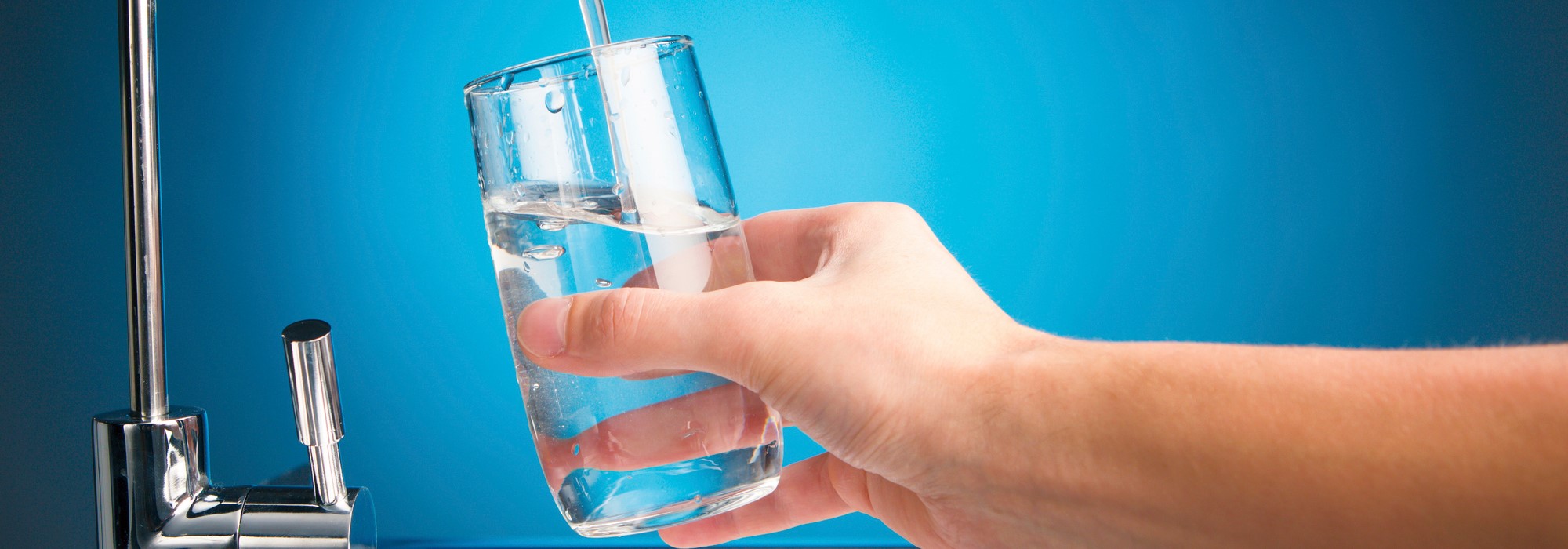Managing Hard Water In Your home
Hard water in your home can usually be managed without the use of conventional salt-based water softeners if you are willing to take measures to properly maintain fixtures, glass and appliances. This will take some effort on your part and consistent action every few weeks, depending on your water hardness. Several quality products including “Lime-Out”, “The Works”, and good old fashioned vinegar will usually clean and remove build-up from fixtures and appliances. By following these steps, you can ensure that you won’t need to purchase salt, and you won’t be wasting the back wash water that pollutes our environment.
First and foremost, you need to know the actual hardness of your water, this test can be done at a swimming pool store, of you can mail me a sample and I will test it for free. By understanding this information, you will know exactly what you’re dealing with and be better informed on how to solve the problem. If your water is more than 8 grains per gallon hard, you will most likely need to install a salt free conditioning system and continue to take the steps outlined in this blog. If the water is less than 8 grains per gallon hard, then it’s very possible that you can just manage hard water in your home using the steps outlined out below.
Your water heater is a major source of hard water scale and usually is subject to corrosion and damage because of lime scale build-up in the tanks bottom. If possible, you should drain your water heater at least annually. This will ensure that your heating elements do not get buried in lime scale and burn out prematurely. This can and likely will be a nasty job, particularly if the water heater is a few years old and never been drained.
The next major appliance is your dishwasher. Here again, we have an appliance that creates hot water and rapid evaporation, which can lead to streaks and spots. In the worst scenario, etching will occur and it cannot be removed. By simply adding one cup of vinegar to the Final Rinse Cycle, you will notice a big difference in how the dishes look, and how the dishwasher performs. By doing this every few weeks, you will keep the pump clean and keep your dishes looking great. Also try and keep your water temperature as low as possible during the wash cycle and completely turn off the heated dry option if possible.
Next is your fixtures and faucets. This is a big deal if you have expensive fixtures, and if you’re not careful, you can do even more damage to them than the calcium would have done on its own. If you have allowed the lime scale to build-up to where it’s fairly thick, take your time and just do one fixture at a time. Use a product like Lime Out or The Works, just be careful because “The Works” is really made for toilet bowls and not metal fixtures. It can damage the finish on the fixture. Follow the directions on the product and allow the fixture to soak, gently remove the deposits from the fixture. This will mean that you might have to perform this step a few times before you completely remove the build-up. Take your time, and try not and use a sharp object because you will likely end up scratching the finish. After you finish cleaning all of the fixtures and appliances in your home, this process should be repeated every 60 to 90 days, or sooner if you begin to notice build-up earlier.
By using a Salt Free Water Conditioner like the SW200XL, SW301 or SW303, you might not need to perform these tasks but every year or two. Learning to manage hard water in your home will keep your appliances and fixtures looking and working like new, and you can say goodbye to salt and the mess that comes with owning a conventional salt based water softener.
Article courtesy of Brad’s Blog at www.filterwaterdirect.com

